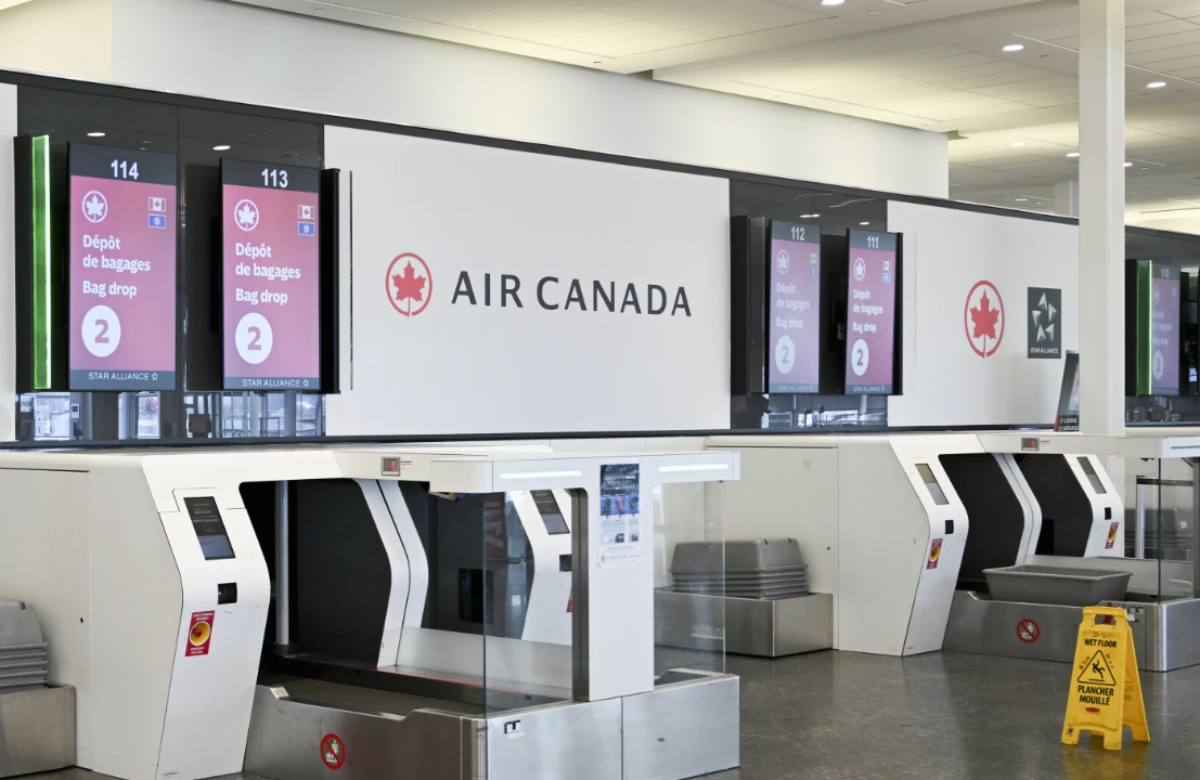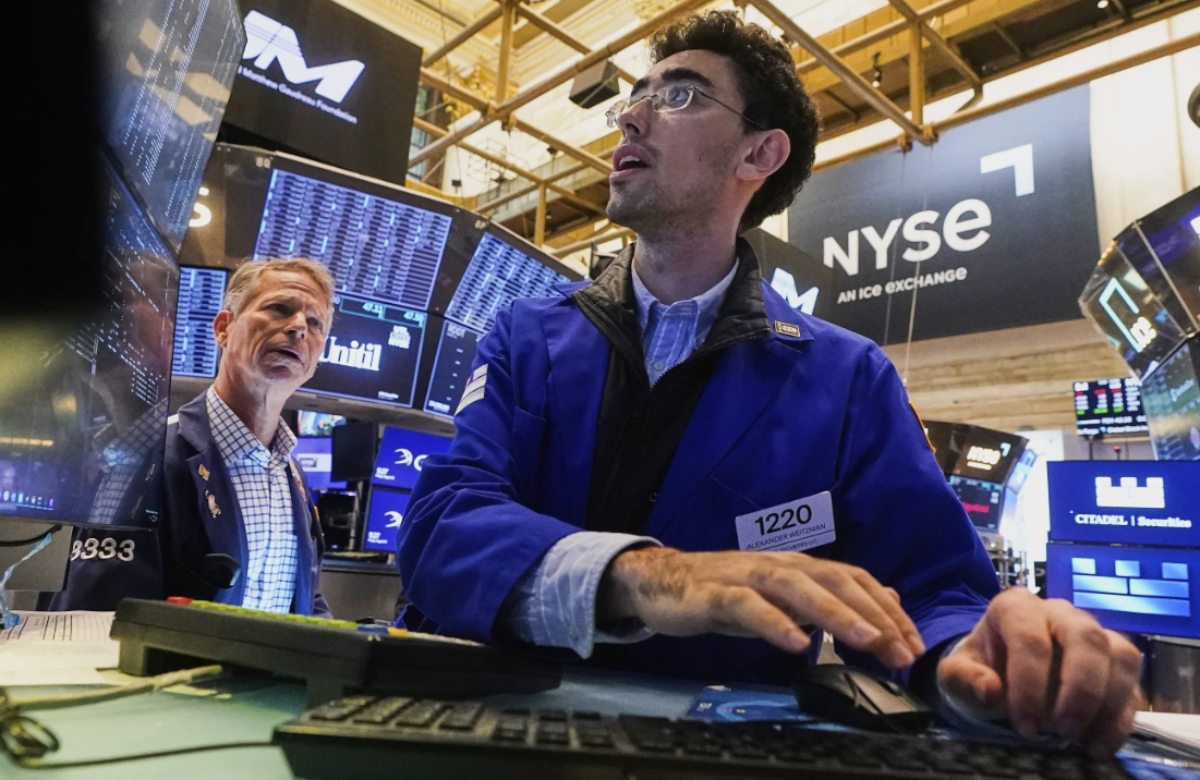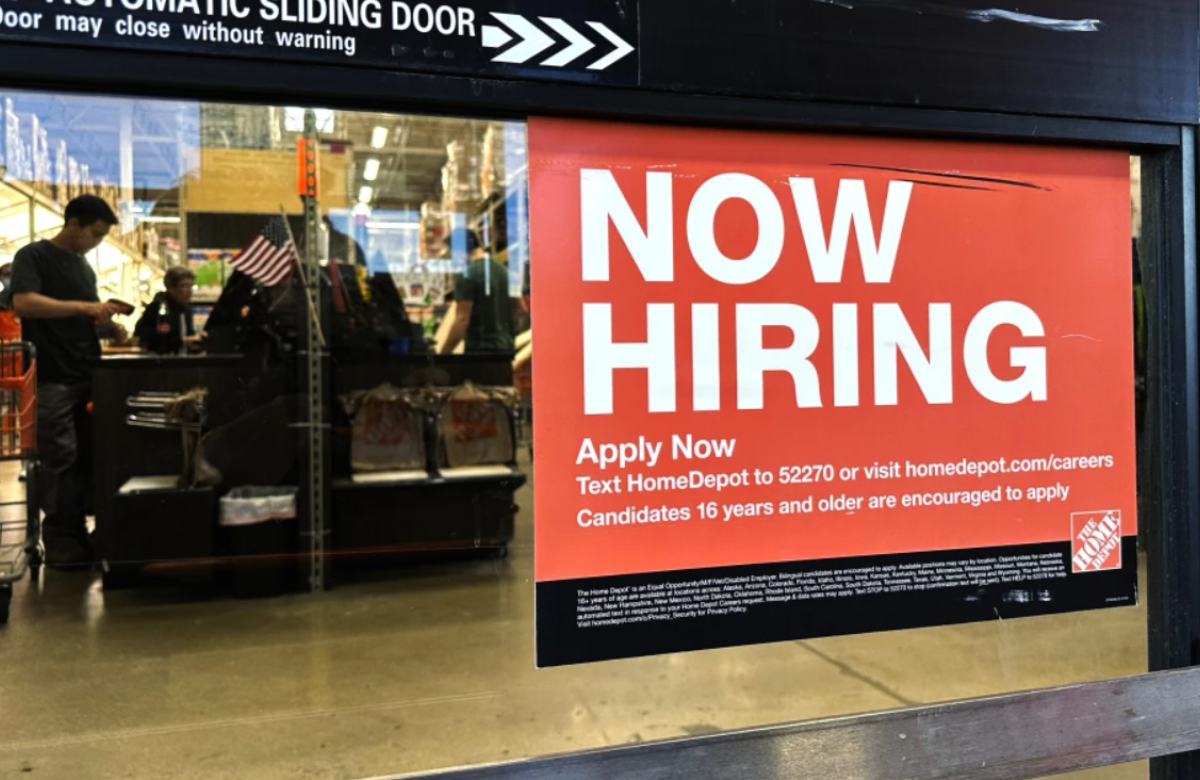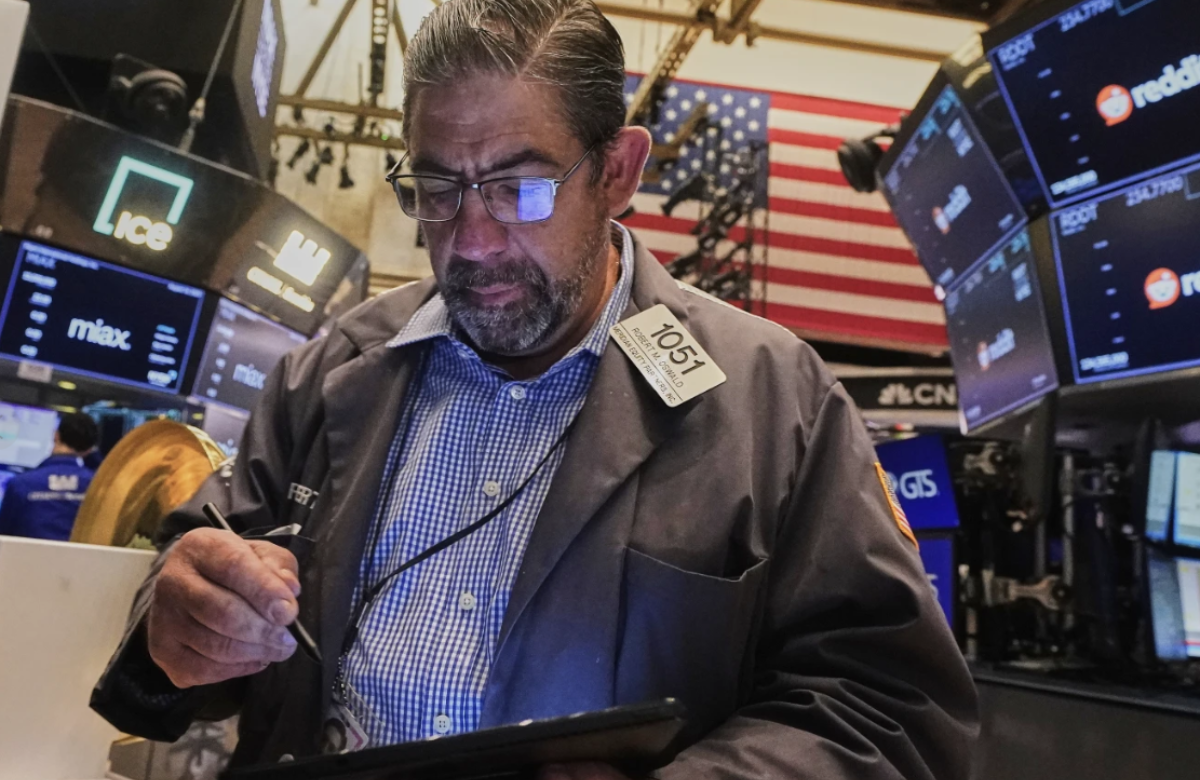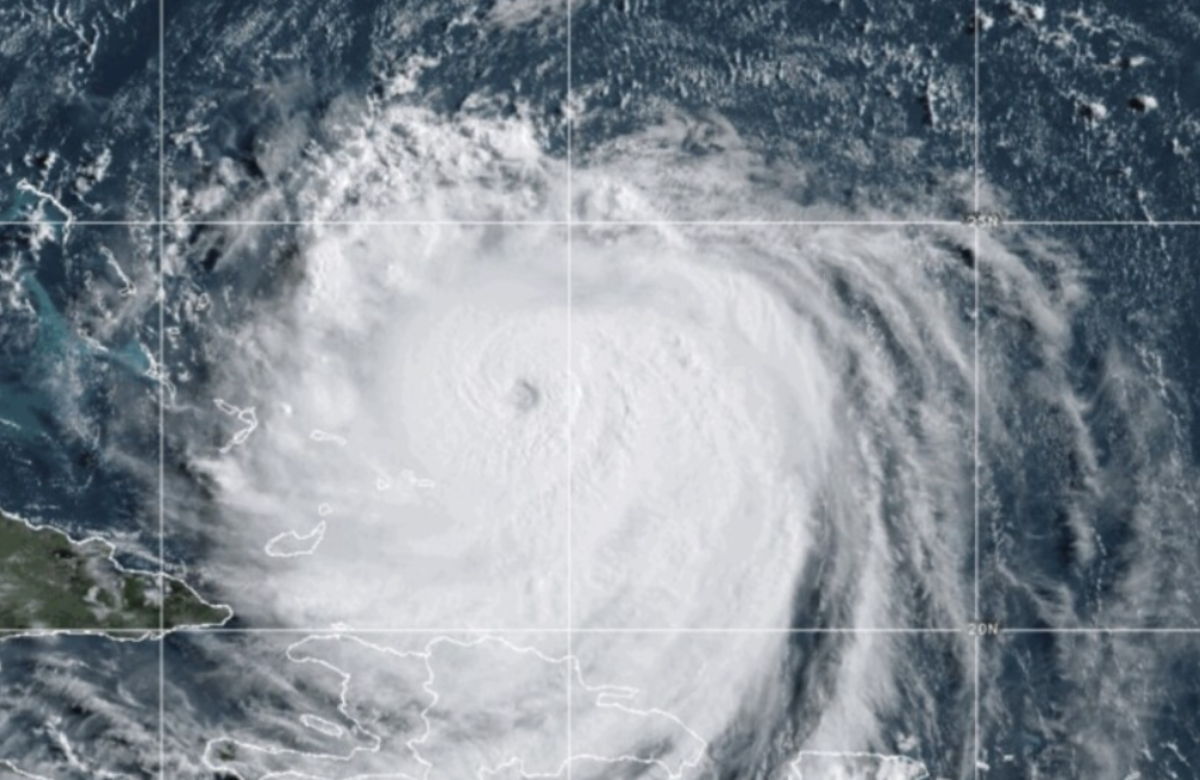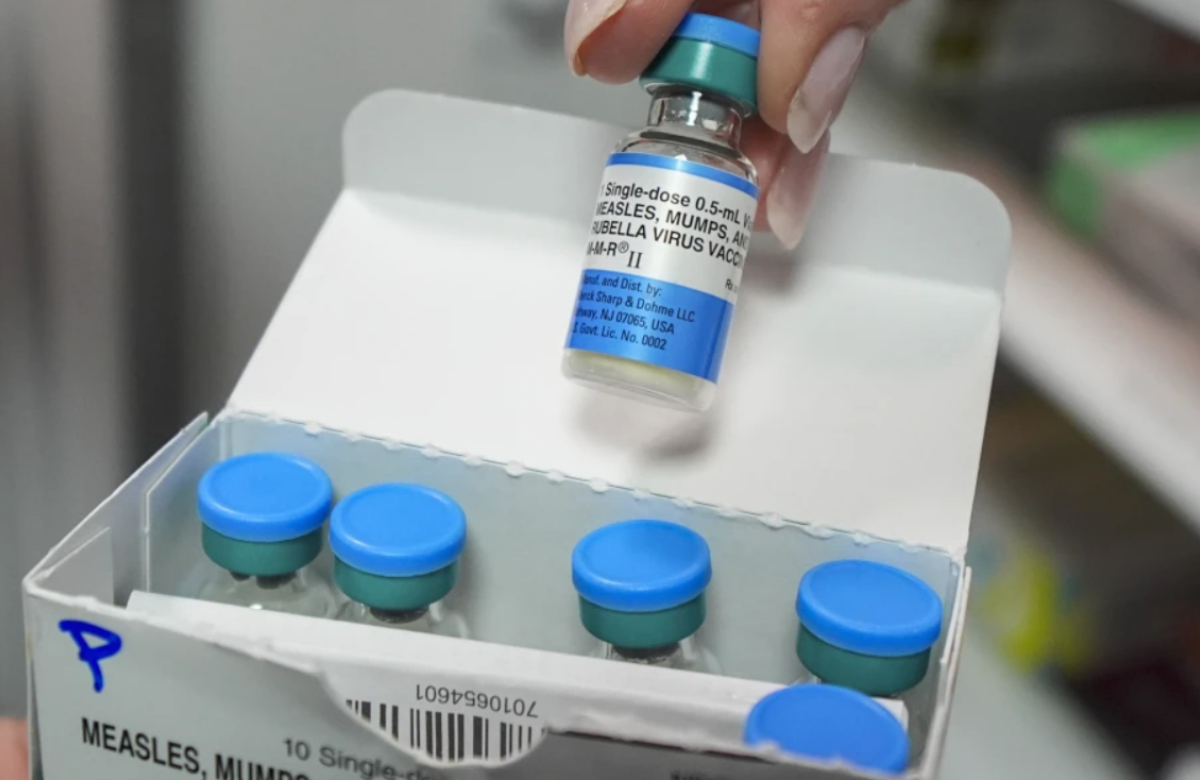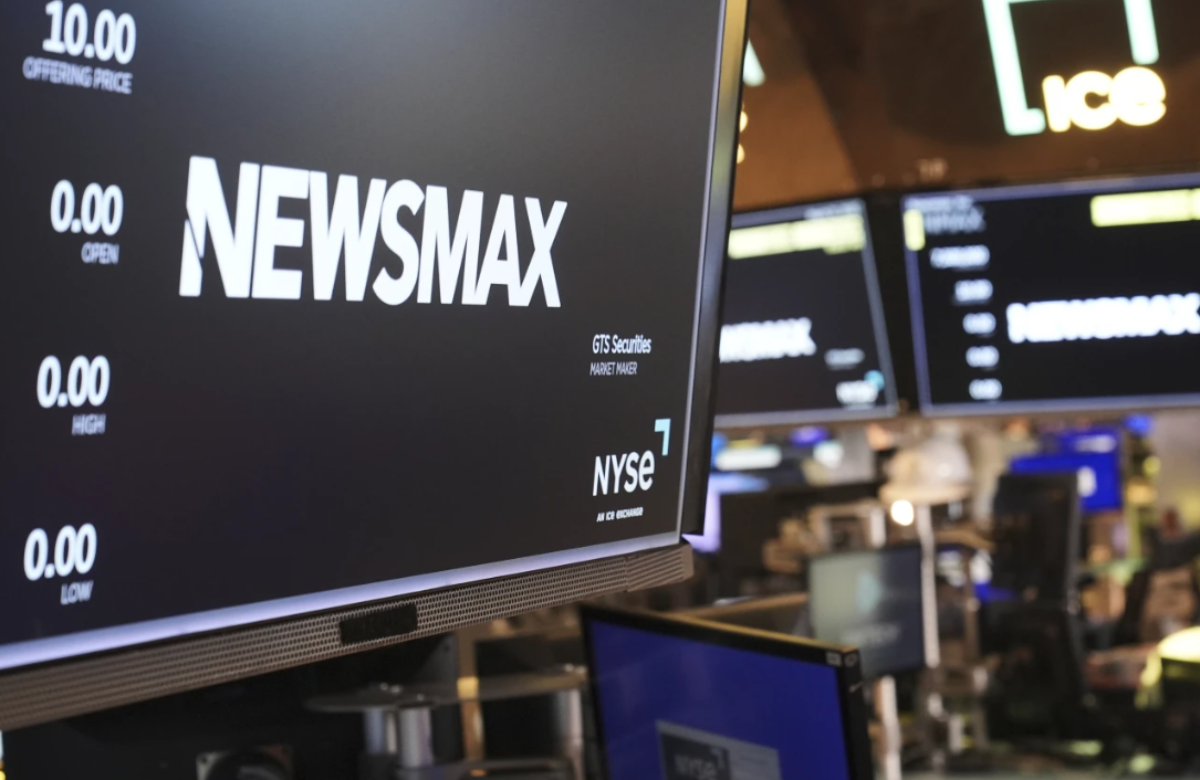Nearly 40 million Americans are expected to hit the roads this Memorial Day weekend, and they may have something to smile about while stuck in traffic: lower gas prices.
The national average price of a gallon of gasoline is forecasted to be $3.08 on Memorial Day. This would mark the lowest price at the start of summer since 2021 and is significantly lower than last year’s $3.58 average and the $4.60 price in 2022.
This drop in fuel prices highlights how relatively cheap gas has become a bright spot in the U.S. economy, even as concerns about a potential trade war and slower economic growth linger.
“This is a win for consumers. If conditions improve later this summer, we could even see the national average dip below $3 per gallon,” said Patrick DeHaan, head of petroleum analysis.
When adjusted for inflation, this Memorial Day’s gas price is expected to be the cheapest since 2003, excluding the pandemic period. “Americans will have to work less to fill up their tank,” DeHaan noted.
Lower gas prices also reflect growing concerns that tariffs imposed under former President Donald Trump could negatively affect both the U.S. and global economies.
With Memorial Day expected to bring heavy traffic, AAA forecasts that 39.4 million people will travel by car this holiday weekend, an increase of 3% from last year and 4.6% ahead of 2019.
Lower gas prices are a visible and significant factor in reducing the cost of living, a major concern for voters in the last election. Bob McNally, president of Rapidan Energy Group, compared cheaper gas prices to a psychological tax cut, pointing out that even if consumers aren’t filling up, they see the price when driving around. This, he said, helps alleviate some of the frustration over high living costs.
The effect of cheaper gas is already evident in the better-than-expected inflation reports for March and April, with gas prices projected to average $3.02 per gallon throughout the summer, from Memorial Day to Labor Day.
After surging to record highs in 2022 due to Russia’s invasion of Ukraine, oil prices have been on the decline. Trump’s efforts to boost U.S. production, ease regulations, and push OPEC to increase supply have contributed to the decrease. U.S. oil prices have dropped by about 20% since Trump’s second term began, partly due to Saudi Arabia and OPEC’s production increases—something Trump called for in a 2021 speech at the World Economic Forum in Davos.
McNally, a former White House energy advisor, pointed out that Trump’s more subtle approach with Saudi Arabia has been effective in helping to stabilize prices. Compared to his pressure on other areas like Walmart, China, and the Federal Reserve, Trump’s stance on oil production has been more measured.
However, the drop in oil prices also comes amid worries about a global trade war, which has raised fears of a recession. In early April, oil prices plummeted to four-year lows as concerns over Trump’s tariffs grew, though prices rebounded after Trump paused many of those tariffs.
Another factor contributing to lower oil prices is that Trump did not follow through on former President Joe Biden’s final decision to implement stringent sanctions on Russia’s energy sector in January. As a result, crude prices have fallen, though gasoline prices haven’t dropped as sharply, likely due to refinery shutdowns and weaker gasoline demand driven by the rise of electric vehicles.
“It’s like Mark Twain said: Reports of gasoline’s death are premature,” McNally said. “Gasoline isn’t dying, but we are reducing its production.”




